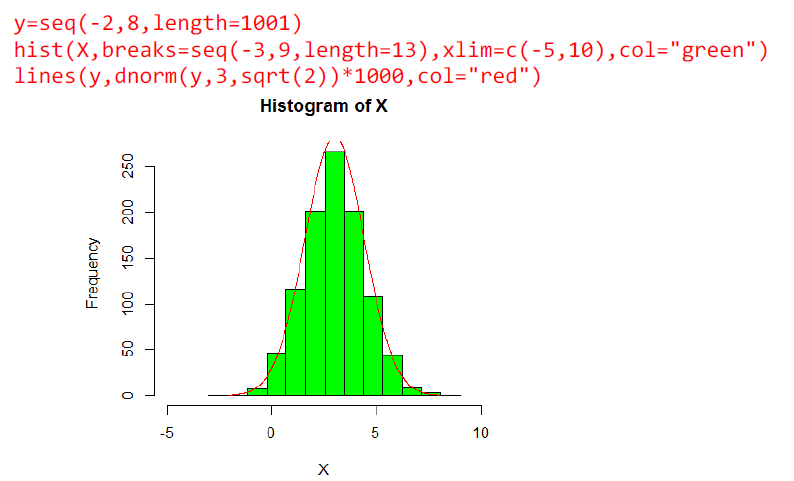Variable Reporting
Common reporting rules for all variables
- Measures of a variable should all generally report the same number of significant digits. For example, if the mean has one decimal place, so should the standard deviation reported on that mean. 345 ± 60 and 4.5 ± 2.3 is correct, 4.5 ± 2 and 4 ± 2.0 are not.
- Report significant digits only to the extent that they are valid from a measurement standpoint, and from a clinical/practical standpoint. For example, you might have the most sensitive patient scale on earth that accurately reports weight to ten decimal places, but in practice it’s irrelevant in most contexts if someone weighs 75.06345 kg or 75.06346 kg. Reporting a single decimal (or none at all) on weight is probably more than enough. Likewise, most of the time reporting an “estimated blood loss” mean of 425.6 ± 72.5 ml is silly – the blood loss was already estimated in the OR and is probably only accurate to within ± 25-50 ml at best. Reporting a mean EBL of 420 ± 70 ml would thus be more reasonable.
- When reporting a percentile, unless there is good reason, only use a single decimal place for percentages <10% or >90%, and use no decimal for percentages >= 10%.
Reporting continuous variables
- If the variable is appropriate for parametric testing and is not skewed, report the mean and the standard deviation. The common format is “mean ± standard deviation”. For example, “The mean test score was 5.6 ± 3.4”. (you can use the ‘±’ symbol or ‘+/-‘, either way works). I have my word processor and spreadsheets all set to autocorrect “+-” into “±” for convenience.
- If the variable is being treated as non-parametric or is heavily skewed, report the median, twenty-fifth, and seventy-fifth percentiles. We do this because the median and quartiles more accurately report the distribution when it’s skewed compared to reporting the mean and SD. Typically, the format is “median [25th, 75th]”. For example, “the median estimated blood loss was 100 [25, 300] ml”. You can absolutely report median and quartiles when using parametric tests – it’s totally valid and sometimes appropriate, but some reviewers may get worked up about it.
Reporting ordinal variables
- Ordinal variables should not be reported using means & standard deviations. You would never report the “mean” ASA score, for example.
- If there four-to-five-ish or fewer categories in your ordinal variable (for example again, take ASA score), you are probably best-off reporting counts or percentages for each individual category. For example, “ASA scores of the subjects were 65% class II, 25% class III, and 10% class IV”.
- If there are seven or more categories (for example, Glasgow coma score or a Likert scale with 7 responses), you are probably best off reporting the median and quartiles.
Reporting nominal variables
- Nominal variables must be reported as categories and counts (or percentages/proportions). Just least each category and the percentage (or number) of observations in that category.
